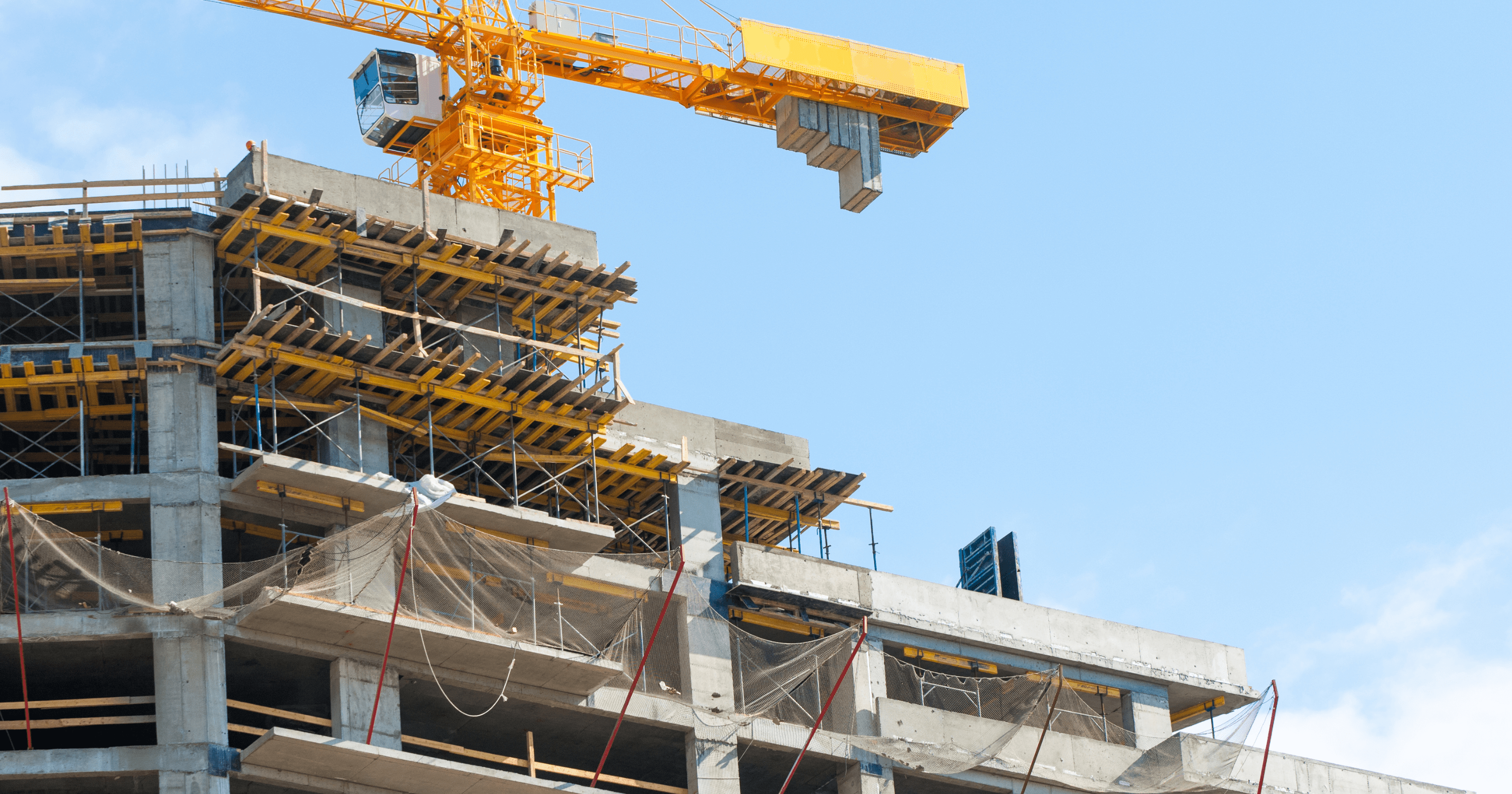
Dwell Leeds: Help to Buy vs Normal Mortgage
How do mortgages work on a Help to Buy home?
If you’re a first time buyer thinking about taking the plunge and buying a property, you’ll have probably realised that there’s a lot to learn when it comes to mortgages. We at Dwell Leeds (an estate agent based in Leeds) have taken a look at the differences between a regular mortgage and the mortgage you would take out for the UK government’s Help to Buy scheme, so that you might make a more informed choice moving forward.
What is Help to Buy?
The UK government’s Help to Buy (HTB) scheme is designed to help first time buyers get on to the housing ladder. The government offers you up to a 20% loan of the purchase price of a new build property (that figure rises to 40% for London properties) on which to add to your own 5% deposit.
This, effectively, increases your actual deposit to a maximum of 25% (45% in London). The loan is interest-free for five years, before having a competitive interest rate then applied from year six onwards. A regular mortgage, by comparison, is a straightforward loan with interest applied. In some instances, it may be possible to only put down a 5% deposit on the open market, but this doesn’t attract the most competitive interest rates and isn’t usual.
The benefits of the Help to Buy scheme is that it allows a first time buyer to take advantage of a better interest rate as they will have a larger deposit than their own 5%. As you don’t have to pay any of the government loan back for five years, this allows more time to get your finances to a position in which you’re able to repay both the loan and the mortgage.
There are, however, some disadvantages to using the scheme which we will go on to discuss below. First, though, let’s look at the pros of using the Help to Buy scheme.

Help to Buy Scheme: Pros and Cons
Pros
1. You don’t have to save as much for a deposit
If you want to get a good interest rate from a mortgage provider you will see that smaller loan to value (LTV) ratios attract a cheaper interest rate. So, the higher your deposit, the less you pay in interest in the long term. By borrowing the deposit, you can get on the housing ladder now instead of waiting years to build up your own savings.
2. No interest to pay in the first five years
Essentially, this is “free” money for a five year period. You couldn’t borrow this interest-free anywhere else – unless it’s the “Bank of Mum and Dad”, of course. When you do begin to pay it back, it’s tapered from 1.75% to smoothly ease you back into the repayment process.
3. You own your own home
You will own 100% of your own property from day one (compared to the Shared Ownership scheme).
4. Ample time to pay back the loan
The government allows you up to 25 years to repay the loan – unless you sell your property first. You can pay off the loan before this if you wish but T&Cs apply.
Cons
1. Time-limited
The Help to Buy: Equity Loan scheme will close to new applications at 6pm on October 31st 2022. If you’re interested, therefore, it’s crucial to apply by then. You don’t have to have your 5% deposit at this time, but you must complete by March 31st 2023.
2. Geographically restricted
The scheme has caps for the maximum purchase price and is different depending where you live. This ranges from £186,100 in the north-east of England, to £600,000 in London.
3. Home must be a new build
This scheme only relates to new build properties and must be sold by a Help to Buy-registered homebuilder. In other words, if your ideal home is a quirky 16th-century cottage, then this scheme isn’t the one for you.
4. Interest rate can become higher over time
Although the initial interest rate at year six is 1.75%, after that it will be linked to the Consumer Price Index (plus 2%) which, if no capital is repaid, will effectively rise each year.
5. The amount you borrow isn’t fixed
The amount you borrow from the government is seen as a percentage of your house value. If you borrowed an initial £40,000 and your house price increases by 25%, then you will pay back £50,000.
Cost of home – £200,000
Cost Name | Percentage Total | £ Value |
| Your Deposit | 5% | £10,000 |
| Equity Loan | 20% | £40,000 |
| Mortgage | 75% | £150,000 |
| TOTAL | £200,000 | |
Home bought for £200,000, sold for £250,000
| Increase in Value | 25% |
| Equity loan repayment | £50,000 (£40,000 + 25% profit) |
| Mortgage | £150,000 (less capital repayments) |
| Your share | £50,000 (less sales expenses) |
What Will Happen When Help to Buy Ends?
If you’ve made an application before October 31st 2022, you must complete your purchase by March 31st 2023. This means that all the legal paperwork is completed and you must have the keys to your property by 6pm on that date.
As the scheme only relates to new builds there may be a problem if your housebuilder fails to have finished your home by the deadline. If this does happen, then the builder must return your reservation fee to you in full.
Also, if you’ve exchanged, then your homebuilder must unconditionally release you from the contract and return your deposit. There may, however, be legal fees to pay if you’ve already started the conveyance process.
There are no further Help to Buy schemes currently in place to replace the current scheme, however there are other ways the government can help.

Is Help to Buy Worth it?
On the face of it the Help to Buy scheme appears attractive. It enables you to secure a cheaper interest rate from your mortgage lender, which can save you a lot of cash in the long term. The initial interest-free period also allows for some wriggle room if finances are tight. There are, however, some drawbacks which you need to be aware of.
If you want to move or remortgage your property, then the loan must be repaid. This then means that you may not have enough equity for your next property. It can be difficult to remortgage as a potential lender must allow for your government loan repayment when assessing your affordability. As this isn’t a fixed amount, it can be seen as an added financial risk.
Mortgage Advantages and Disadvantages
A regular mortgage is simple – borrow money and then pay back the original capital sum borrowed, plus interest. The Help to Buy scheme uses the percentage of the property value to work out how much to pay back. This means you will certainly be repaying much more than you borrowed and losing some equity too. A standard mortgage allows you to shop around and choose lower rates, whereas the Help to Buy scheme ties you in from year seven to a rate governed by inflation PLUS 2%. This could ultimately get very expensive, therefore.

In Conclusion
In the end, a decision must be made on what is right for you at the time. By looking at the benefits and drawbacks, and then doing some sums, hopefully you’ll get your answer. To recap, though, let’s see the pros and cons once more:
Regular Mortgage
| Pros | Cons |
| Can attract a fixed rate | Need a large deposit to attract lower interest rate |
| Can remortgage | Interest rate set by lender |
| No maximum | |
| Portable |
Help to Buy Mortgage
| Pros | Cons |
| Interest free for five years | Only available for new build properties |
| Facilitates a cheaper mortgage interest rate | Amount to be repaid not fixed |
| No maximum income | Only for first time buyers |
| you own 100% of property | Builder must be Help to Buy registered |
| 25 years to pay back loan | Must be repaid when property sold or remortgaged |
| capital can only be repaid at more than 10% market value of your home |
Share to Buy is a one stop shop for affordable homes. On our website, you can search for properties, compare mortgages and find out all you need to know about alternative home buying schemes such as Shared Ownership and Help to Buy.